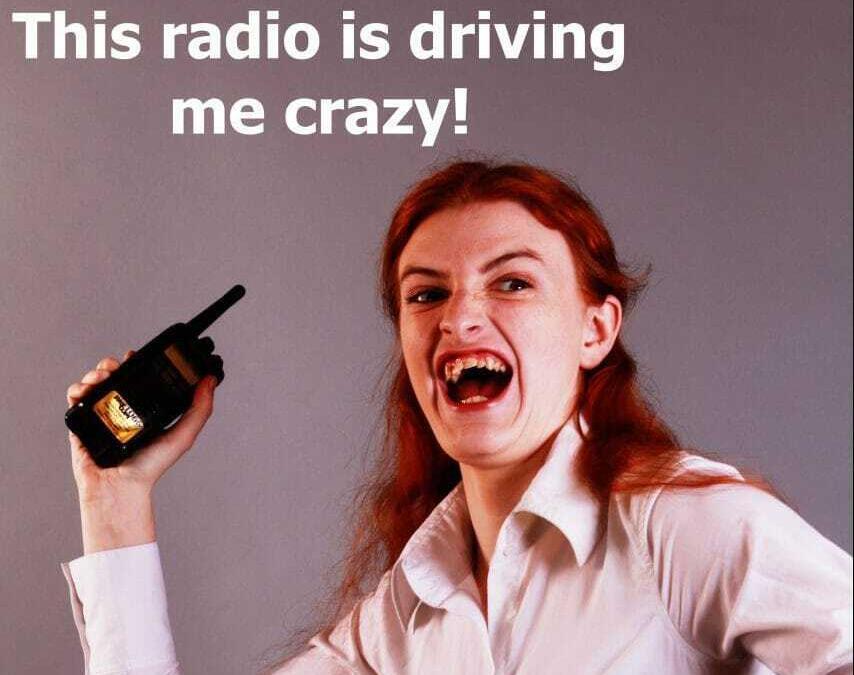When one radio user is transmitting on a radio channel, another radio user can use the radio channel if they are in different areas where there is no coverage overlap. Each radio user can use the radio without any interference to the other radio user. What happens when there is overlapping coverage between the two radio systems? Simple, they cause interference to each other. It would be like having two different groups of people on the same telephone line attempting to talk at the same time about different topics. Each party interferes with the other party’s ability to talk. The same thing would happen in person with two different conversations next to each other so that people from both conversations could hear each other as well as the person in your conversation. It is difficult to concentrate when hearing two conversations at once. However, with radios, it is worse because one radio transmission interferes with the ability of another radio transmission to be heard in the receiver, completely aside from the problem of hearing two separate conversations at the same time.
LMR systems use FM type radios. With FM radios, there is a feature called the capture effect which makes a radio signal that is significantly stronger than the other weaker signal completely capture the receiver so that the stronger signal is heard and the weaker signal is not heard at all. This works to your benefit if two radio systems that are on the same channel but are located a distance apart try to use the same channel at the same time. The stronger signal will be heard by the radio receiver and the weaker signal will be captured by the stronger signal. Normally, the stronger signal is the radio that is closer which should be from your group of radios. However, there are circumstances where the closer radio is hidden behind a large obstruction making their signal very weak and the more distant radio now has a stronger signal, in which case the distant radio from other radio users now captures the signal from one or more of your radio users. There are cases when the radio from your group travels to a distant weak location and the radio from another radio user has traveled near your location, which results in the other group’s radio having the stronger signal which captures the radio signal from your group’s radio. That is a very undesirable outcome which cannot be prevented when you share the same radio channel.
The problem is complicated even further when the two radios attempting to speak at the same time have close to the same signal strength at the radio receiver which could be the radio receiver in your radio, or it could be the radio receiver in the repeater you have rented. In each of these situations, the two signals will be heard and there will be a beat note created which is the difference in the transmitting frequency of the two radios. Therefore, you will hear both transmissions, the beat note between the two radio frequencies and the beat note against the CTCSS signal that is sent by each of the radio transmitters. Therefore, what you hear out of the radio speaker is a complete mess of signals that makes it virtually impossible to distinguish what is being said by either of the two radios.
The best solution to this problem is to be on a radio channel that is not used by others. In a major metropolitan area such as Los Angeles, this is normally very difficult to impossible, but MRA dba Raycom has the largest supply of exclusive UHF radio channels in Southern California. Most of our radio rentals use our exclusive frequencies so you do not suffer from co-channel radio interference. If your existing or previous radio company provided you radio equipment that had a problem with radio interference, we can solve your problem.
